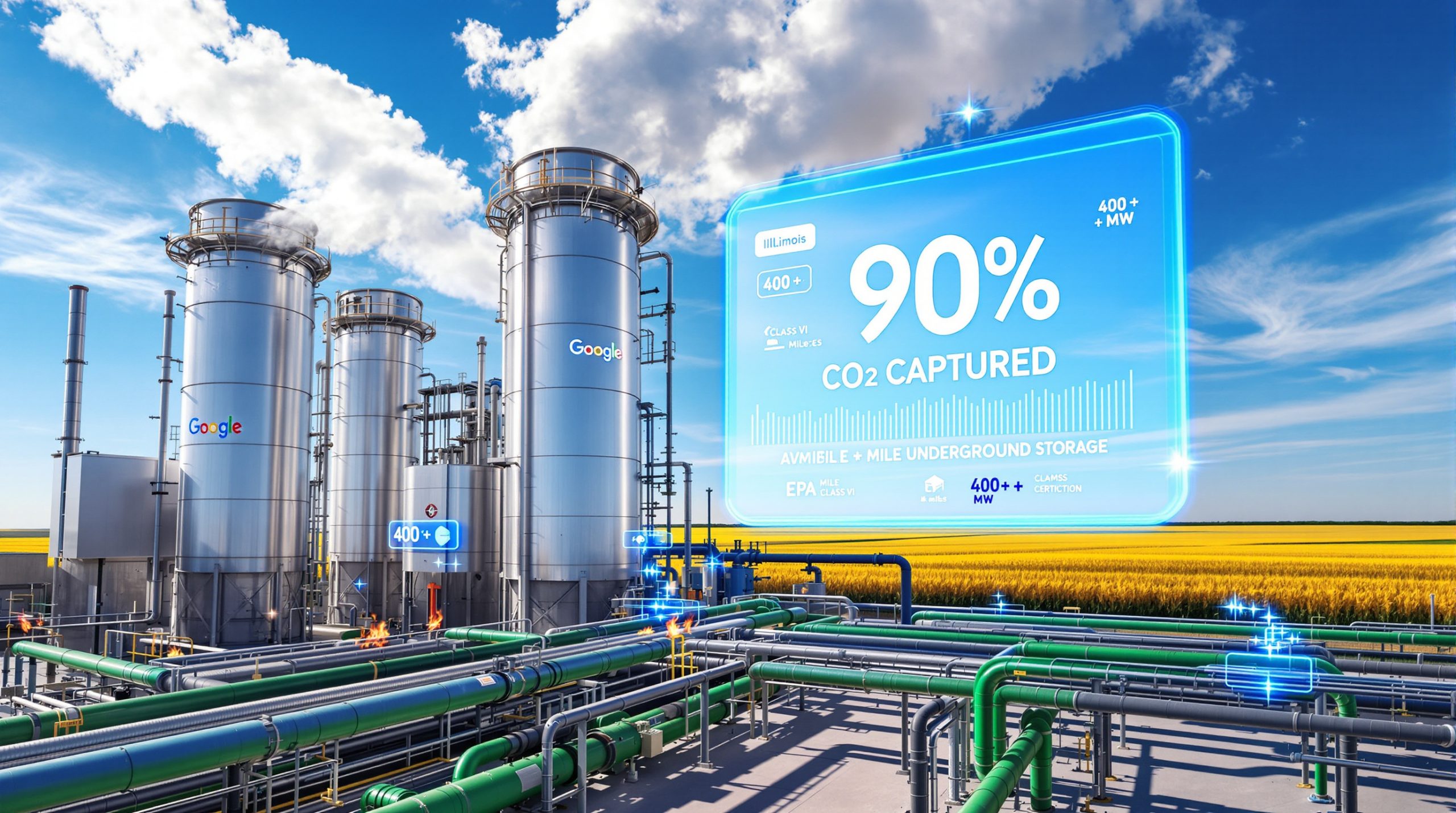When Will the Lithium Market Rebalance?
The lithium industry is currently navigating through a significant period of oversupply, creating challenges for producers while offering strategic opportunities for investors with long-term vision. Current projections from industry experts suggest that the market imbalance may persist longer than initially anticipated, with rebalancing potentially delayed until the early 2030s. This extended timeline is reshaping investment strategies and operational decisions throughout the lithium supply chain.
What's Causing the Current Lithium Market Imbalance?
The Supply Surge Phenomenon
The lithium market's current oversupply situation stems directly from the extraordinary price rally of 2021-2022. During this period, lithium prices reached unprecedented heights, triggering a massive wave of production expansion worldwide. According to Wood Mackenzie's analysis, global lithium chemical production is increasing by a staggering 82% between 2023 and 2025, reaching nearly two million tonnes by the end of this period.
Chinese producers have been particularly aggressive in expanding capacity, contributing approximately 75% of the additional supply coming online during this timeframe. This rapid capacity expansion has significantly outpaced demand growth, creating the current market imbalance.
"The market tightness of 2021-2022 caused lithium prices to reach historic highs, prompting a substantial supply response from producers worldwide," explains Allan Pedersen, Research Director for Lithium at Wood Mackenzie.
The Delayed Supply Response Effect
A critical factor exacerbating the current oversupply situation is the inherent time lag between investment decisions and actual production increases in the lithium sector. When prices skyrocketed in 2021-2022, companies worldwide rushed to announce expansion projects and new developments. However, bringing new lithium production online is not an instantaneous process.
"Producers responded to high prices, but the time required for asset construction has meant a delay in additional supply hitting the market," notes Pedersen. "The first new volumes started arriving in 2023 and more production will continue to be added through 2027."
This creates a situation where the industry is still feeling the effects of investment decisions made during the price boom, even as market conditions have significantly changed. Development timelines for new lithium assets typically range from 3-7 years, meaning the supply pipeline remains full even as prices have collapsed.
Geographic Shifts in Production
While Chinese producers have dominated recent supply growth, industry analysts predict that future supply increases will increasingly come from other regions as the market evolves. This geographic diversification is occurring naturally as Chinese assets reach steady-state production levels, while projects in Australia, South America, and North America continue advancing through development pipelines.
Emerging lithium provinces in Africa, Europe, and other regions are also gaining attention, further diversifying the global supply landscape. This shift may eventually lead to reduced market concentration and potentially more stable supply dynamics, but the transition period continues to contribute to market imbalance.
How Long Will the Lithium Oversupply Last?
Market Surplus Projections
According to Wood Mackenzie's comprehensive analysis presented at their Future Facing Commodities Forum, the lithium market surplus is expected to persist until the early 2030s. This extended timeline represents a significant challenge for producers and investors in the sector, as it suggests a prolonged period of subdued prices and challenging economics for higher-cost operations.
The market is currently experiencing a growing surplus that will continue expanding until significant supply curtailment takes effect or demand accelerates beyond current projections. This surplus represents a fundamental shift from the tight market conditions of 2021-2022 that catalyzed the current expansion cycle.
Factors Affecting Rebalancing Timeline
Several key variables will influence how quickly the lithium market achieves rebalance:
-
EV Adoption Rates: The pace of electric vehicle adoption globally will significantly impact lithium demand growth. While EV sales continue to increase year-over-year, the growth rate has moderated in some markets. Any acceleration or deceleration in this trend will directly affect lithium demand projections.
-
Energy Storage Deployment: Grid-scale and residential energy storage systems represent a significant growth vector for lithium demand. The deployment rate of these systems, driven by renewable energy integration and grid resilience requirements, could accelerate market rebalancing if it exceeds current projections.
-
Production Curtailment: The willingness of producers to reduce output at higher-cost operations will be crucial for addressing oversupply. However, many operators face contractual obligations or strategic considerations that complicate curtailment decisions.
-
Project Delays: Potential postponements of planned expansion projects could help moderate supply growth. Financial constraints, permitting challenges, or strategic reassessments might lead developers to delay capital expenditures.
-
Government Policies: Support measures for domestic lithium industries, like Australia lithium tax breaks, could influence production decisions and market dynamics. Similarly, EV subsidy programs can significantly impact demand growth trajectories.
Supply Curtailment Expectations
Industry analysts anticipate that supply curtailment will eventually become necessary to address the growing market surplus. However, the timing and extent of such curtailment remain uncertain, as producers must balance short-term market conditions against long-term strategic considerations.
Curtailment decisions are particularly complex in the lithium sector due to several factors:
- Many projects have take-or-pay contracts with customers
- Stopping and restarting production can introduce significant technical challenges
- Maintaining market share often takes precedence over short-term profitability
- Companies with integrated operations may continue mining despite weak economics
These factors suggest that while curtailment is inevitable, it may occur more gradually than in other commodity markets, potentially extending the oversupply period.
How Are Lithium Producers Responding to Market Conditions?
Strategic Growth Despite Downturn
Despite challenging market conditions, some leading lithium producers are maintaining their growth strategies, positioning themselves for long-term sector leadership. Pilbara Minerals, one of Australia's premier lithium producers, exemplifies this approach, having announced ambitious expansion plans in August 2024.
The company is targeting spodumene production of two million tonnes per annum through a combination of brownfield expansions and strategic acquisitions. Currently, Pilbara is advancing its P1000 expansion project in Western Australia and optimizing its Pilgan plant, with the latter expected to be completed by the June 2025 quarter.
This strategy reflects a conviction that while short-term market conditions remain challenging, the long-term demand outlook for lithium remains robust. By expanding during the downturn, these producers aim to establish advantageous positions for the eventual market recovery.
Geographic Diversification Strategies
Producers are increasingly pursuing geographic diversification to mitigate risks and capitalize on regional advantages. This approach helps companies reduce exposure to country-specific risks while potentially accessing lower-cost production opportunities.
Pilbara Minerals' acquisition of the Colina project in Brazil exemplifies this strategy, enabling the company to establish production capacity outside Australia. This diversification provides several advantages:
- Access to new markets with potentially lower logistics costs
- Reduced exposure to Australian-specific challenges
- Potential cost advantages through labor or energy differences
- Greater negotiating leverage with customers and governments
Other major producers are pursuing similar strategies across South America, North America, and Africa, creating a more globally distributed production landscape. The development of Argentina lithium brine insights has particularly helped expand investment options beyond traditional mining regions.
Government Support Initiatives
Governments in key lithium-producing regions are implementing support measures to assist the sector during the market downturn, recognizing the strategic importance of maintaining domestic production capacity:
-
The Australian Federal Government has committed to establishing a $1.2 billion Critical Minerals Strategic Reserve to support the broader critical minerals sector, including lithium producers facing financial challenges.
-
The Western Australian Government has unveiled a funding support package of up to $150 million specifically for the lithium sector, acknowledging its importance to the state's economy and future industrial development.
These government interventions reflect the strategic importance assigned to lithium production capacity, particularly as countries compete to establish positions in future battery supply chains. Such support may allow some higher-cost operations to continue producing despite unfavorable economics, potentially extending the oversupply period.
What Factors Will Drive Future Lithium Demand?
Electric Vehicle Market Evolution
The electric vehicle market remains the primary driver of lithium demand, accounting for approximately 80% of total consumption. Future demand growth will be influenced by several key factors:
-
Consumer Adoption Rates: EV penetration varies significantly across markets, with Norway achieving over 90% of new car sales while many developing markets remain below 5%. The pace of adoption in major markets like China, Europe, and North America will heavily influence overall demand growth.
-
Battery Chemistry Developments: The ongoing evolution of battery chemistry affects lithium intensity per vehicle. The shift toward lithium iron phosphate (LFP) batteries in some segments influences the amount of lithium required, while higher-energy-density chemistries for premium vehicles often require more lithium.
-
Government Policies: Regulatory frameworks, including ICE vehicle bans, emissions standards, and purchase incentives significantly impact EV adoption rates. Any changes to these policies can accelerate or decelerate market penetration.
-
Cost Competitiveness: As battery costs continue to decline and EV manufacturing scales, the total cost of ownership equation increasingly favors electric vehicles. The timing of price parity between EVs and internal combustion vehicles across different segments will influence adoption curves.
The interaction of these factors creates considerable uncertainty in demand projections, contributing to the difficulty in precisely forecasting when will the lithium market rebalance.
Energy Storage System Expansion
Grid-scale and residential energy storage systems represent a growing source of lithium demand. The deployment of these systems is accelerating as renewable energy generation increases and grid stabilization needs expand. Several trends are driving this growth:
- Increasing renewable energy penetration requiring storage for grid stability
- Declining costs making battery storage more competitive with traditional peaking power plants
- Energy security concerns driving residential storage adoption
- Corporate sustainability commitments accelerating commercial storage deployment
While currently a smaller demand segment than EVs, energy storage could provide significant additional lithium demand in the coming years, potentially accelerating market rebalancing if deployment exceeds current projections.
Technological Innovations
Ongoing innovations in battery technology could impact lithium demand in several critical ways:
-
New Battery Chemistries: The development of novel battery technologies might increase or decrease lithium intensity per application. For example, high-manganese cathodes may reduce lithium content compared to current NMC formulations.
-
Efficiency Improvements: Advanced manufacturing techniques and cell designs are improving energy density, potentially reducing material requirements for the same performance characteristics.
-
Recycling Advancements: Enhanced recycling technologies and infrastructure are developing rapidly, with the potential to supply an increasing percentage of lithium demand as the first generation of EV batteries reaches end-of-life.
-
Novel Applications: New use cases for lithium-ion batteries continue to emerge across sectors, from aviation to maritime applications, potentially creating additional demand vectors.
These technological developments create both opportunities and challenges for forecasting future lithium demand, contributing to the uncertainty surrounding market rebalancing timelines. Furthermore, direct lithium extraction boost technologies are changing production economics and could affect supply projections.
How Will Lithium Prices Evolve During Rebalancing?
Price Stabilization Expectations
After experiencing extreme volatility in recent years—with spodumene concentrate prices swinging from under $500 per tonne to over $8,000 per tonne before collapsing again—lithium prices are expected to stabilize at lower levels during the oversupply period. However, the specific price floor will depend on production costs at marginal operations and strategic considerations by major producers.
Most analysts anticipate that prices will eventually find support at levels approximating the marginal cost of production, but strategic factors may complicate this dynamic:
- Some producers may continue operating at a loss to maintain market share
- Government support measures could allow higher-cost operations to continue producing
- Long-term contract commitments may necessitate continued production despite unfavorable economics
- Companies may sacrifice short-term profitability to avoid the costs and complexities of stopping and restarting operations
These factors suggest that while prices will likely find a floor, it may be at levels that continue to challenge the economics of higher-cost producers.
Regional Price Differentials
Price differentials between various lithium products and across different regions are likely to persist during the rebalancing period. These differentials reflect several fundamental factors:
- Quality Variations: Significant differences in purity, consistency, and performance characteristics between producers lead to premium or discount pricing
- Transportation and Logistics Costs: The geographic distribution of production and consumption centers creates regional price variations
- Regional Supply-Demand Balances: Local market conditions can differ substantially from global trends
- Trade Policies and Tariffs: Geopolitical factors increasingly influence regional price dynamics
Understanding these differentials is crucial for producers making investment decisions and consumers developing procurement strategies during the rebalancing period.
Long-term Price Outlook
Beyond the current oversupply period, long-term lithium prices will be determined by several structural factors:
- Marginal Cost of Production: As demand eventually catches up with supply, prices will need to support the development of new resources to meet growing requirements
- Strategic Premium for Security of Supply: Geopolitical considerations and supply chain security concerns may support price premiums above marginal production costs
- Market Concentration: The degree of producer consolidation will influence pricing dynamics and potentially support higher price levels
- Battery Technology Developments: Evolution in battery chemistry could significantly impact lithium demand and price levels
These factors suggest that while prices may remain subdued during the oversupply period, they will eventually recover to levels supporting sustainable industry economics, though likely below the extreme peaks seen in 2021-2022. According to a recent lithium market rebalance analysis, the path to recovery will be gradual and uneven across different product types.
What Investment Implications Does the Rebalancing Timeline Present?
Strategic Positioning Opportunities
The extended oversupply period creates both challenges and opportunities for investors in the lithium sector. Companies with strong balance sheets, low-cost operations, and strategic assets may be positioned to:
- Acquire Distressed Assets: Financially stronger companies can potentially acquire quality assets at favorable valuations from distressed operators facing liquidity challenges
- Gain Market Share: As higher-cost producers curtail production, well-positioned companies can expand their market presence
- Establish Long-term Supply Relationships: Forward-thinking consumers may take advantage of the oversupply period to secure advantageous long-term supply agreements
- Invest Countercyclically: Companies with financial strength can advance development projects during the downturn, potentially achieving lower construction costs and better positioning for eventual market recovery
These strategic opportunities favor well-capitalized companies with long-term vision and operational excellence. The current battery metals investment landscape offers various entry points for investors with different risk appetites.
Risk Management Considerations
Investors in the lithium sector should consider several risk factors during the extended rebalancing period:
- Extended Period of Subdued Prices: The projected timeline for market rebalancing suggests investors may need to tolerate an extended period of challenging economics
- Project Delays or Cancellations: Financial constraints may lead to postponements or abandonments of planned developments
- Evolving Battery Technologies: Technological changes could affect demand projections and asset valuations
- Policy and Regulatory Changes: Government interventions in both producing and consuming regions could significantly impact market dynamics
Effective risk management strategies include maintaining financial flexibility, diversifying across geographies and product types, and developing scenario planning to address potential market developments.
Value Chain Integration Trends
The rebalancing period may accelerate vertical integration trends within the lithium value chain. Battery manufacturers and automakers may increase direct investments in lithium production to secure supply and reduce costs, potentially changing industry dynamics in several ways:
- Greater forward integration by miners into refined lithium chemicals
- Increased backward integration by battery makers into raw material production
- Joint ventures between miners, refiners, and end-users
- Long-term offtake agreements with equity components
These integration trends could reshape competitive dynamics and potentially accelerate the market rebalancing process by bringing greater capital discipline to project development decisions. The progress of projects like Thacker Pass US production exemplifies how strategic assets are advancing despite market headwinds.
FAQ: Lithium Market Rebalancing
When is lithium demand expected to catch up with supply?
Based on current projections from industry analysts like Wood Mackenzie, lithium demand is not expected to fully catch up with supply until the early 2030s. However, this timeline could shift depending on EV adoption rates, energy storage deployment, and potential supply curtailment decisions by producers facing economic challenges.
The extended timeline represents a significant shift from earlier industry expectations, which had anticipated a more rapid return to market balance. The delay reflects both stronger-than-expected supply growth and more moderate demand expansion in certain segments.
Which regions will lead future lithium supply growth?
While China has dominated recent supply growth (contributing approximately 75% of additional supply between 2023-2025), future supply increases are expected to come increasingly from other regions. Australia, South America, and North America all have significant development pipelines that will contribute to future production growth.
This geographic diversification reflects both the natural evolution of project pipelines and strategic efforts by battery manufacturers and governments to reduce dependency on any single supply region. The changing landscape could potentially reduce market concentration over time.
How are governments supporting the lithium industry
Ready to Stay Ahead of Major ASX Mining Discoveries?
Don't miss the next significant mineral discovery on the ASX that could generate substantial returns for your portfolio. Visit Discovery Alert's discoveries page to explore how their proprietary Discovery IQ model delivers real-time alerts on high-potential opportunities before the broader market recognises them.




